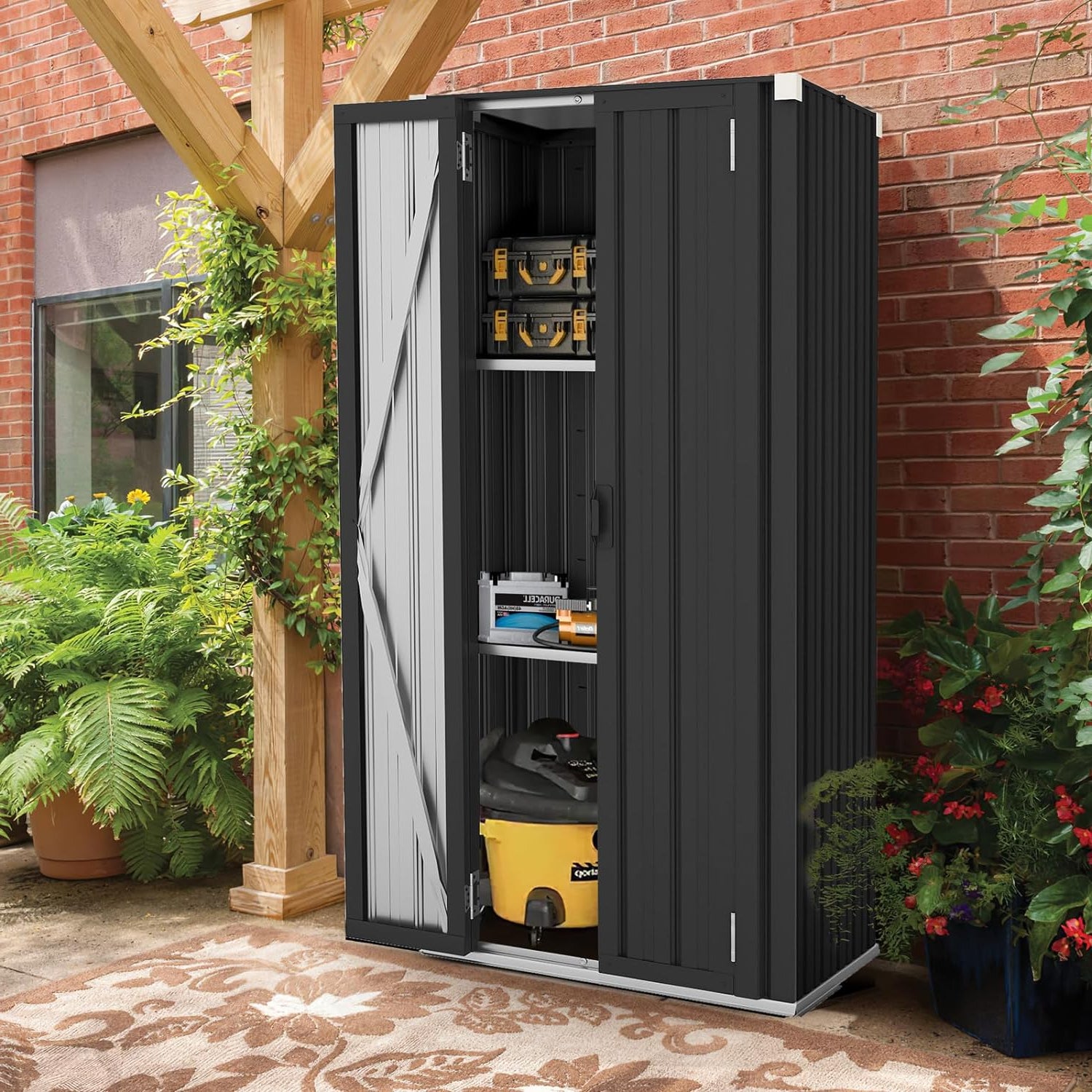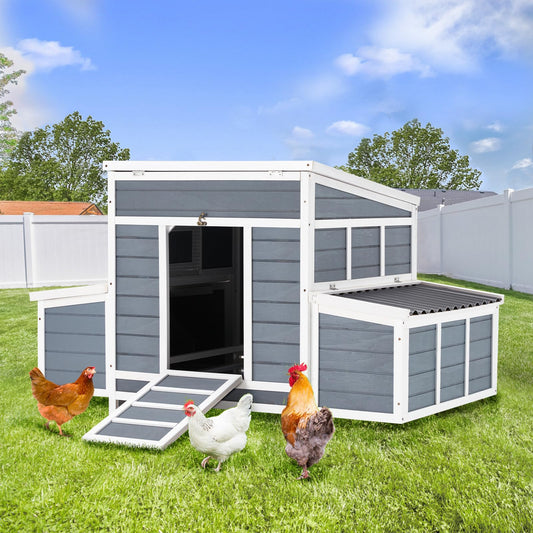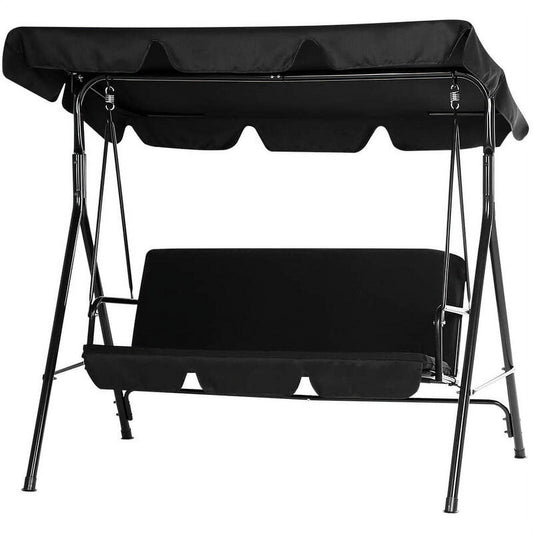Your sofa is where you unwind after a long day—whether you’re lounging on a large sofa bed, storing blankets in a sofa bed with storage, or pulling out a pullout sofa bed for guests. But nothing ruins that comfort faster than finding bed bugs in your sofa.
Bed bugs are tiny, sneaky pests that love to hide in sofa cushions, seams, and even the folds of a pullout sofa bed. They feed on human blood, leaving itchy bites, and once they set up shop, they multiply fast. If you’re dealing with this problem, you’re probably desperate to know how to get rid of bed bugs from your sofa—and you want to do it quickly, safely, and without disrupting your home too much.
In this guide, we’ll walk you through every step, from spotting the first signs of bed bugs in your sofa to using safe treatments that work. We’ll also cover tips specific to different sofa types, like cleaning a sofa bed with storage or tackling a large sofa bed. Let’s start with the most important first step: making sure you actually have bed bugs in your sofa.
1. Identify the Signs of Bed Bugs in Your Sofa
Before you start trying to get rid of bed bugs from your sofa, you need to confirm they’re there. Bed bugs are small (about the size of an apple seed) and good at hiding, so you might not see them right away. Instead, look for these clear signs—they’re easier to spot and will help you be sure you’re dealing with bed bugs, not other pests like fleas or carpet beetles.
Common Signs of Bed Bugs in Your Sofa
Here are the key things to check for, no matter if your sofa is a pullout sofa bed, a large sofa bed, or a sofa bed with storage:
- Small, dark stains: These are bed bug feces, and they look like tiny black or brown dots (about the size of a pen tip). You’ll often find them on sofa cushions, along seams, or even on the fabric under the cushions. On light-colored sofas, these stains stand out more—on dark sofas, you might need to run your finger over the spot; if it smudges (like wet ink), it’s likely bed bug feces.
- Shed skins: As bed bugs grow, they shed their exoskeletons. These skins are pale, translucent, and look like tiny versions of adult bed bugs (about 1–5 mm long). You might find them in the crevices of your sofa, especially around the zippers of cushions or the folds of a pullout sofa bed’s mattress.
- Itchy bites on your body: If you wake up with small, red, itchy bites (usually in a line or cluster), and you often sit or nap on your sofa, it’s a big clue. Bed bugs bite at night, but if you spend time on your sofa during the day, they might bite then too. Keep in mind that not everyone reacts to bites, so this sign alone isn’t enough—but paired with other signs, it confirms the problem.
- Live or dead bed bugs: If you’re lucky (or unlucky), you might spot a live bed bug. They’re reddish-brown, oval-shaped, and flat—though they get rounder after feeding. Check the seams of your sofa cushions, the space between the sofa frame and cushions, and even the storage compartment of a sofa bed with storage (bed bugs love dark, hidden spots). Dead bed bugs are usually paler and might be crushed if you’ve sat on them.
- Tiny eggs: Bed bug eggs are white, about the size of a pinhead, and often stuck to sofa fabric or seams with a sticky substance. They’re hard to see, but if you use a flashlight and a magnifying glass, you might spot them in tight spaces—like the folds of a pullout sofa bed’s mattress or the edges of a large sofa bed’s armrests.
Sofa Type-Specific Check Spots
Different sofas have different hiding spots for bed bugs. Use this table to know where to focus your search—this saves you time and ensures you don’t miss any areas.
|
Sofa Type |
Key Hiding Spots for Bed Bugs |
|
Pullout Sofa Bed |
1. Folds and crevices of the pullout mattress2. Space between the mattress and the sofa frame3. Springs or metal bars under the mattress |
|
Large Sofa Bed |
1. Thick cushions (especially the bottom cushions, where weight presses them down)2. Armrest seams3. Back panel folds (since large sofas have more fabric layers) |
|
Sofa Bed with Storage |
1. Inside the storage compartment (check around stored items like blankets or pillows)2. Seams of the storage door/flap3. Between the storage area and the sofa seat |
If you’re looking for a functional and cozy sofa bed, the YODOLLA Teddy Velvet Sofa is a great pick—it easily converts to a queen pull-out bed for guests, has large hidden storage for essentials, plus handy USB ports and cup holders.
What to Do If You Find Signs
If you spot any of these signs, don’t panic—and don’t move your sofa around the house (this can spread bed bugs to other furniture). Instead, mark the areas with a piece of tape (so you can find them later) and take photos. These photos will help if you need to call professional pest control later.
Also, avoid sitting on other furniture in your home until you start treating the problem. Bed bugs can hitch a ride on your clothes, so you don’t want to move them from your infested sofa to your bed or chairs.
Now that you’re sure you have bed bugs in your sofa, it’s time to start getting rid of them. The next step is deep cleaning and vacuuming—this removes live bed bugs, eggs, and feces, and sets the stage for more effective treatments. Let’s dive into that next!
2. Deep Clean and Vacuum Thoroughly
Once you’ve confirmed bed bugs in your sofa, deep cleaning and vacuuming are the first priority. They remove most live bed bugs, eggs, and feces, laying a solid foundation for subsequent treatments. Whether you have a pullout sofa bed, a large sofa bed, or a sofa bed with storage, focus on cleaning crevices thoroughly.
Start with preparation: Remove throw pillows, blankets, and items like bed sheets from the sofa bed with storage. Set them aside for the next section. For a pullout sofa bed, fully extend the mattress; for a large sofa bed, flip the cushions onto a hard surface like tile to avoid spreading bed bugs.
Use a vacuum with a HEPA filter. First, vacuum the sofa frame: move along seams, zippers, and crevices. Use the narrow nozzle to clean gaps between armrests and seats, metal bars under the pullout sofa bed’s mattress, as well as the sofa legs and base. Then clean the cushions: vacuum both sides of removable cushions (especially seams); for non-removable ones, lift them as much as possible to vacuum the bottom or use the crevice tool to reach tight spaces.
For different sofa types: Vacuum the slats under the pullout sofa bed’s mattress and crevices of the pull handle; empty the sofa bed with storage, vacuum its interior, then wipe it with a damp cloth and let it dry; for the large sofa bed, vacuum the back panel, armrests, and even the gap between the sofa and the wall.
After vacuuming, seal and discard the vacuum bag immediately. Wipe the nozzle with a damp cloth to prevent bed bugs from returning. Vacuuming can’t eliminate bed bugs entirely, but it reduces their numbers significantly. Next, move on to treating fabric items.
3. Wash and Heat-Treat Fabrics
Fabrics are bed bugs’ favorite hiding spots, and washing plus heat treatment kills bed bugs at all stages. First, sort fabrics: separate machine-washable items (such as the pullout sofa bed’s mattress cover and sofa bed with storage’s bed sheets) from non-washable ones (like leather cushions).
Wash machine-washable items in water at least 120°F with mild detergent. Pre-treat stained areas and wash in small loads. After washing, dry them in the dryer on the highest heat setting for over 30 minutes; thick cushions of the large sofa bed can be dried for 45 minutes.
For non-washable leather cushions: Wipe them with a damp cloth dipped in mild soap, then let them dry. Send delicate items like wool to a dry cleaner and inform them about the bed bug issue. For items that can’t be dried, use a handheld steamer at over 160°F and sweep it evenly over the fabric surface.
Special treatments: Use a low-heat steamer on the pullout sofa bed’s foam mattress, then let it dry; store clean fabrics from the sofa bed with storage in sealed bags first. Finally, seal all cleaned fabrics and put them back only after the sofa is fully treated. This step removes a large number of bed bugs, and next we’ll use safe treatments on the sofa itself.

4. Apply Safe Bed Bug Treatments
After cleaning and treating fabrics, there may still be hidden bed bugs in your sofa—so it’s time to use safe treatments to finish the job. The key is to pick products that work but won’t harm you, your family, or pets, no matter if your sofa is a pullout sofa bed, large sofa bed, or sofa bed with storage.
First, choose the right treatment type. Avoid harsh chemicals with strong fumes; instead, go for these safe options:
- Diatomaceous Earth (DE): This is a powder made from tiny fossilized algae. It kills bed bugs by drying them out, and it’s non-toxic to humans. Sprinkle a thin layer of DE on your sofa’s frame, under cushions, and in the storage compartment of your sofa bed with storage. Let it sit for 3–5 days, then vacuum it up. For a pullout sofa bed, don’t forget to sprinkle DE on the metal slats under the mattress—bed bugs love hiding there.
- Bed Bug Sprays with Pyrethrins: These sprays are made from chrysanthemum flowers and are safe for most fabrics. Spray a light coat on your sofa’s seams, zippers, and cushion edges. For a large sofa bed, focus on the thick cushion gaps—these are common spots for bed bugs in sofa. Wait until the spray dries completely (usually 2–4 hours) before touching the sofa.
Always test any treatment on a small, hidden part of your sofa first (like the bottom of a cushion) to make sure it doesn’t stain the fabric. And remember: these treatments work best when combined with cleaning—they’re not a replacement for vacuuming or heat-treating.
The table below helps you match treatments to your sofa type:
|
Sofa Type |
Best Safe Treatments |
Key Application Spots |
|
Pullout Sofa Bed |
DE + Pyrethrin Spray |
Mattress slats, pull handle crevices, frame gaps |
|
Large Sofa Bed |
Pyrethrin Spray |
Cushion seams, armrest gaps, back panel folds |
|
Sofa Bed with Storage |
DE |
Storage compartment walls, floor, door crevices |
5. Use Protective Covers and Barriers
Once you’ve gotten rid of bed bugs from your sofa, you need to keep them from coming back—and protective covers and barriers are the best way to do that. They act as a “shield” for your sofa, stopping new bed bugs from moving in and trapping any remaining ones inside.
First, get bed bug-proof covers for your sofa parts. For a pullout sofa bed, use a zippered cover for the mattress—it locks out bed bugs and keeps any hidden ones from escaping to bite you. For a large sofa bed, get covers for the removable cushions; look for ones labeled “bed bug-proof” (they have tight weaves that bed bugs can’t bite through).
For a sofa bed with storage, add a barrier to the compartment. Line the inside of the storage space with double-sided tape—bed bugs get stuck on the tape when they try to crawl in. You can also place bed bug interceptors under your sofa’s legs. These are small plastic cups that trap bed bugs as they climb up to the sofa. They’re easy to install and work for any sofa type, from a pullout sofa bed to a large sofa bed.
Make sure covers fit tightly—loose covers let bed bugs slip through. And leave the covers on for at least 6 months; this ensures any remaining bed bugs in sofa die off (they can’t live without feeding for that long).
With these covers and barriers, you’ll not only keep your sofa bed bug-free but also make future checks easier—you can just remove the covers and inspect them instead of digging through the sofa! Next up, we’ll talk about when it’s time to call the pros if bed bugs still won’t go away.
If you want a sofa that balances comfort and functionality, the YODOLLA L-Shaped Sleeper Sofa is a solid choice—it converts smoothly into a sleep space for guests, fits neatly in corner areas.

6. Call Professional Pest Control (If Infestation Persists)
Even after trying all the DIY steps—from vacuuming to using safe treatments and protective covers—some bed bug infestations are too tough to handle on your own. If you still see signs of bed bugs in your sofa (like live bugs, feces, or new bites) after 2–3 weeks, it’s time to call professional pest control.
Pros have tools and treatments that work better for severe infestations. For example, they use heat treatments that raise the temperature of your entire sofa (even deep into the cushions of a large sofa bed or the folds of a pullout sofa bed) to 140°F—this kills every bed bug and egg, no matter where they’re hiding. They also have targeted insecticides that are stronger than store-bought ones but applied safely, so you don’t have to worry about harming your family or damaging your sofa bed with storage.
When you hire pros, be sure to tell them about your sofa type. If you have a pullout sofa bed, ask them to check the mattress slats and pull mechanism; for a sofa bed with storage, remind them to inspect the storage compartment—these spots are easy to miss. A good pest control team will also give you tips to prevent future infestations, like how to maintain your sofa bed with storage to avoid bed bug hiding spots.
Don’t wait too long to call for help. The longer bed bugs in sofa stay, the more they multiply—they can spread to other furniture (like your bed or chairs) in just a few weeks. Professional help might feel like an extra step, but it’s worth it to make sure you fully get rid of bed bugs from your sofa.
Conclusion
Dealing with bed bugs in your sofa is stressful, but with the right steps, you can get rid of them quickly and safely—whether you have a pullout sofa bed, large sofa bed, or sofa bed with storage.
Start by identifying the signs (dark stains, shed skins, bites) to confirm bed bugs in sofa. Then deep clean and vacuum thoroughly to cut down their numbers. Wash and heat-treat fabrics (like cushion covers and stored sheets) to kill bugs at all stages. Next, apply safe treatments (DE or pyrethrin sprays) to target hidden bugs, and use protective covers to keep them from coming back. If all else fails, call professional pest control—they’ll handle severe infestations for good.
Remember, the key to success is being thorough and consistent. Even small steps (like vacuuming your pullout sofa bed’s mattress slats or sealing your sofa bed with storage’s compartment) make a big difference. With these steps, you’ll not only get rid of bed bugs from your sofa but also keep it bed bug-free for years to come—so you can go back to enjoying your sofa without worry!















